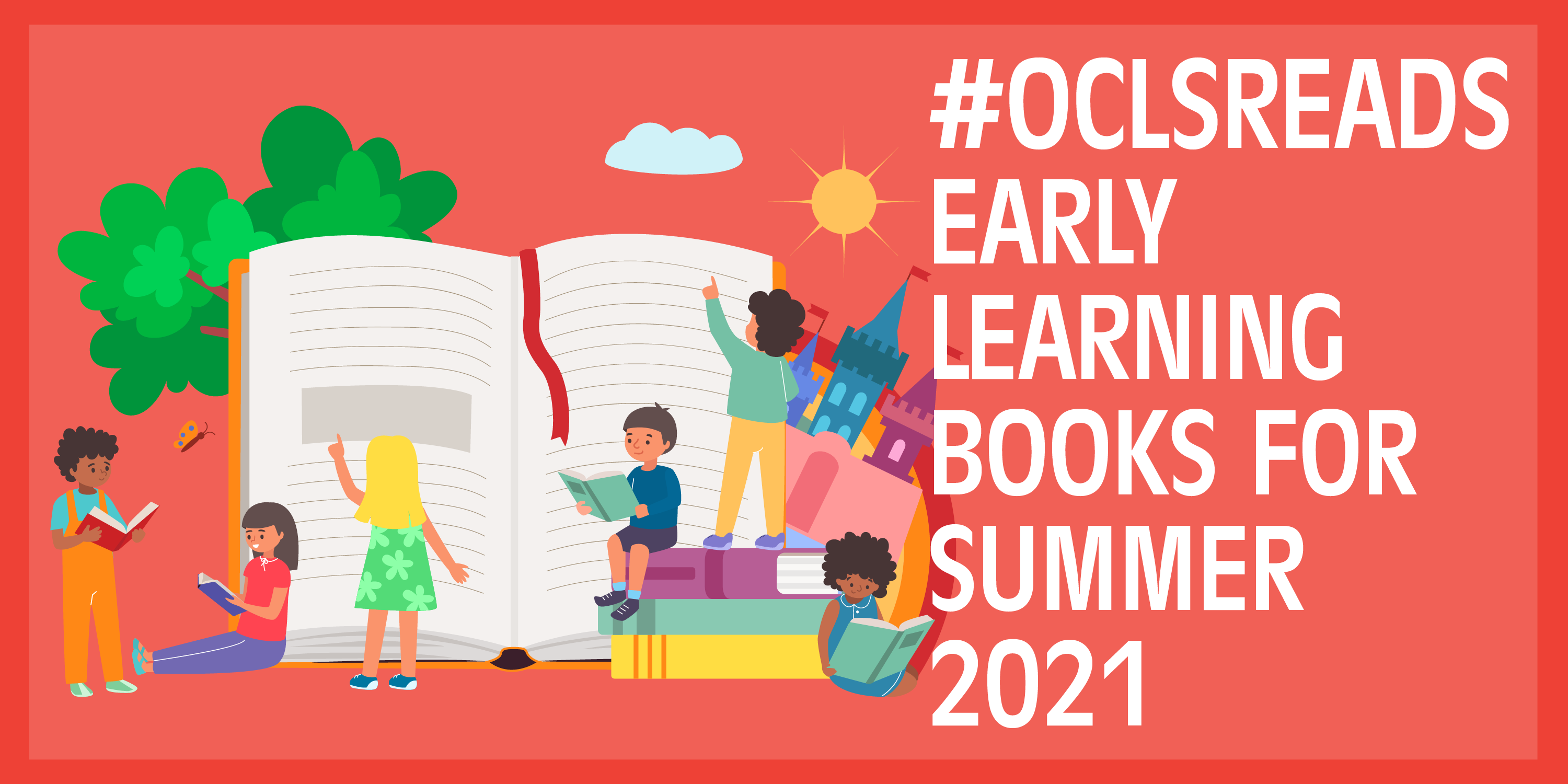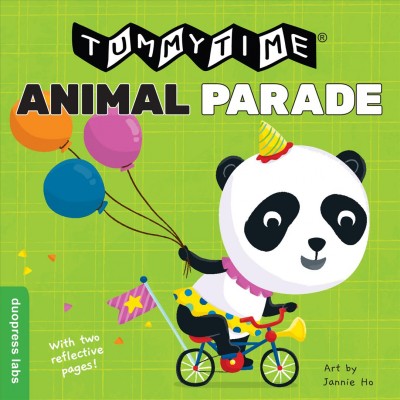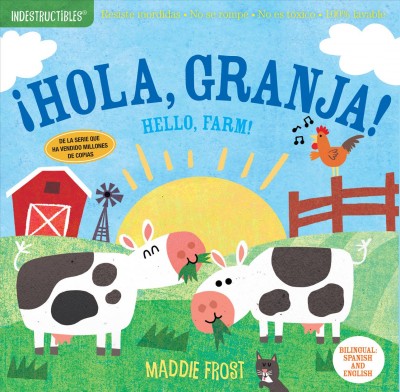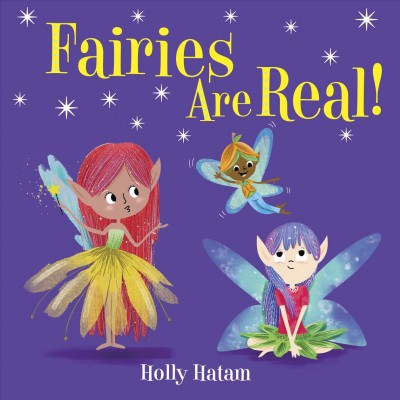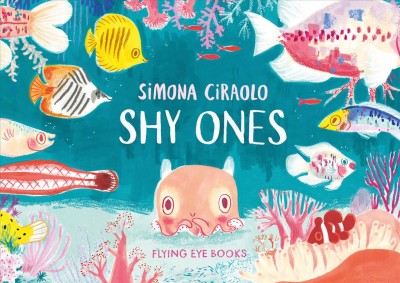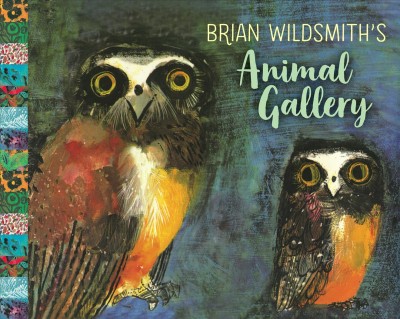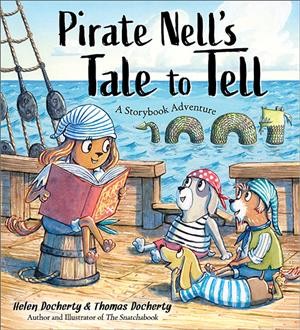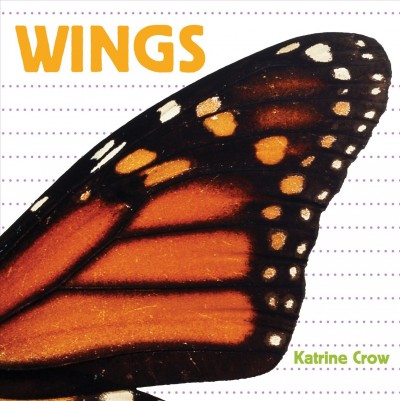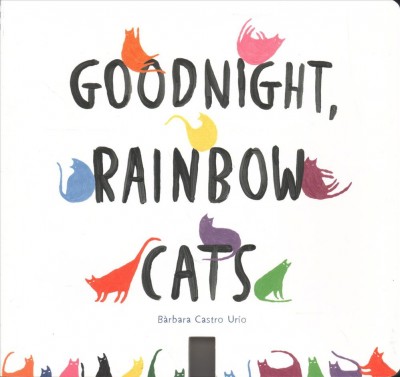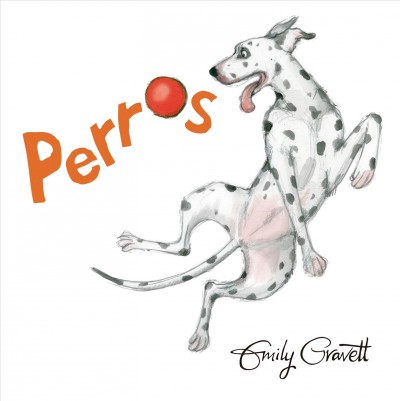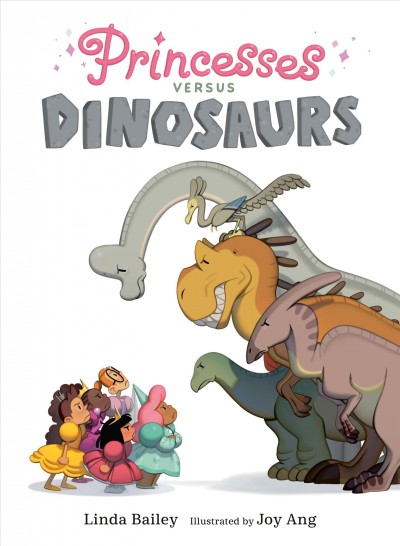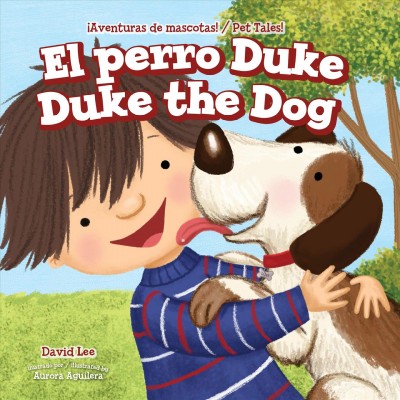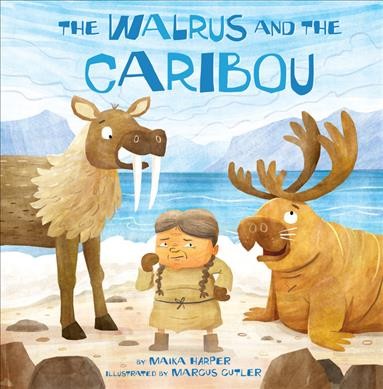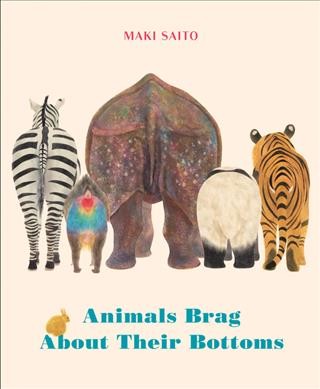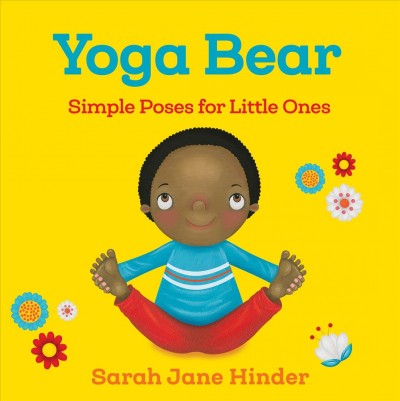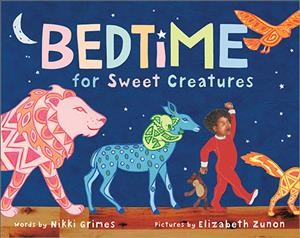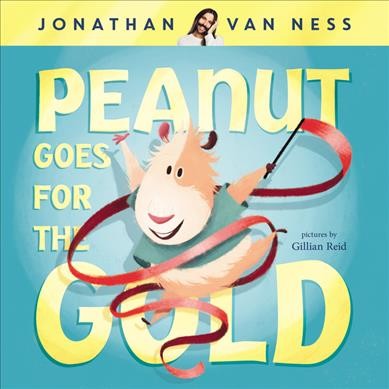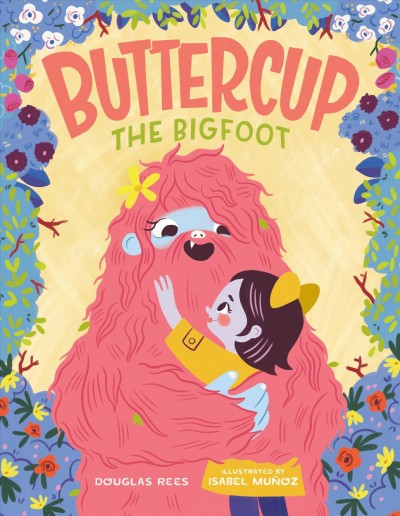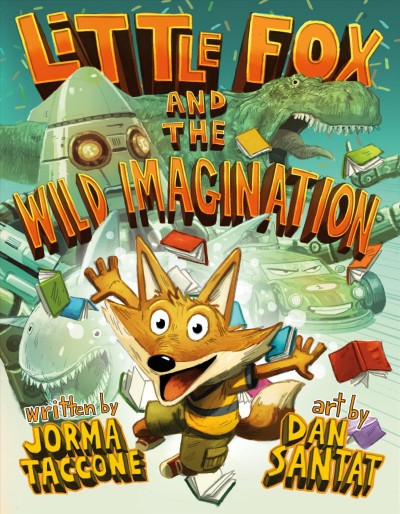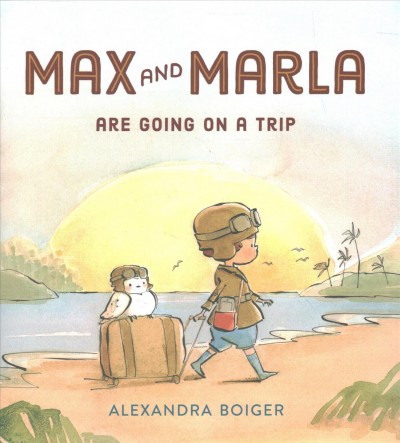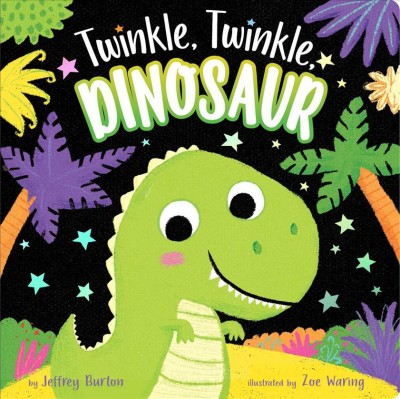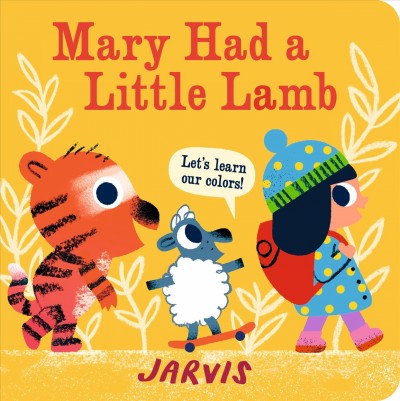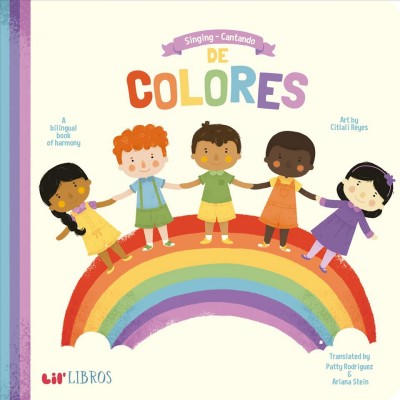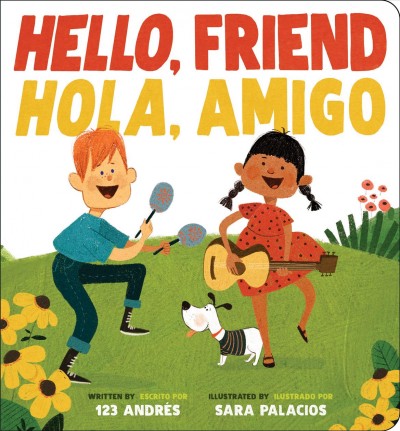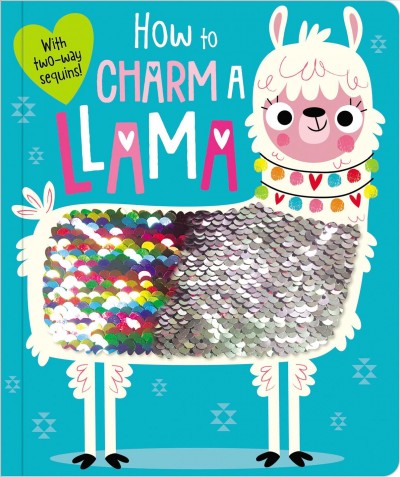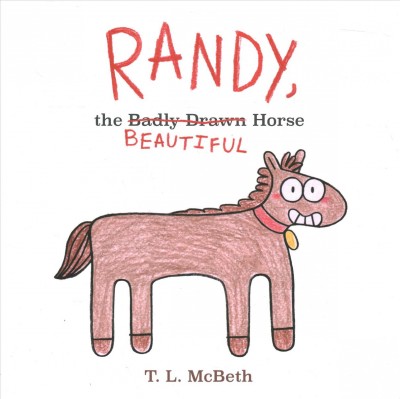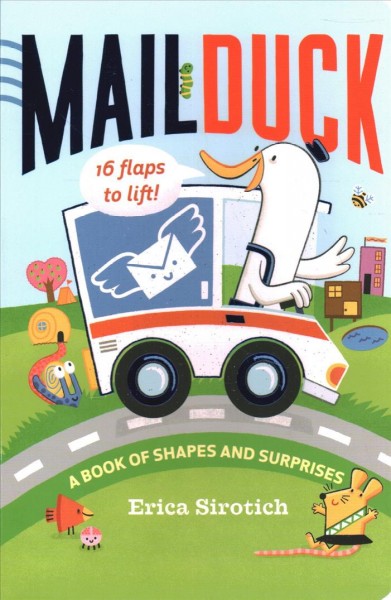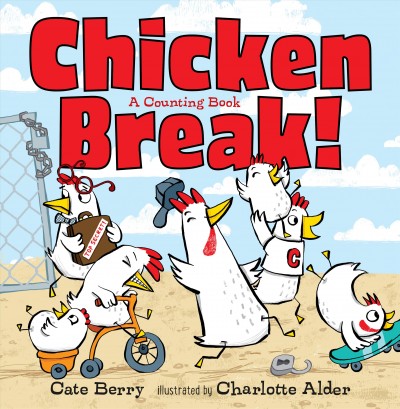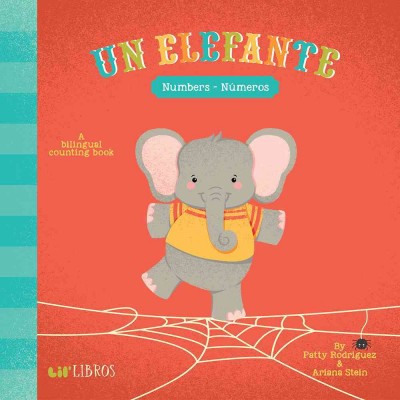The 2021 Early Learning Summer Reading List is now available! This booklist covers a lot of ground, serving parents of children ages 0-5—a wide range of abilities! One thing all young children have in common is their hunger for learning. Capitalizing on the opportunity to build a love for reading is important. We have divided the list according to the five skills of Every Child Ready to Read. Learn more about these skills in one of our caregiver workshops. Let’s take a closer look at each title, what age it is appropriate for and how you can use it at home.
Reading unlocks doors for everyone. Establish positive reading habits to create a lifelong love of reading and learning. Reading the pictures, look at the character faces, or ask children to predict what will happen next based on the story so far to build up this skill. The following titles work well for this:
Made especially for babies, Tummy Time Animal Parade is an accordion-style story with a baby-safe mirror to learn to “read” emotions.
Babies can be in complete control with ¡Hola Granja! Hello, Farm by Maddie Frost. This book is an Indestructible, a series of books made on durable material that even our youngest readers cannot rip. Allow baby to practice turning pages and have hands-on experience.
Interesting text features make Fairies are Real by Holly Hatam special. Often children don’t know to pay attention to anything but the words on the page. Take the time to point out these lists and diagrams so toddlers can start to learn they are part of the story.
The pictures are just as important to study as the words! Encourage your preschooler to focus on the pictures in Shy Ones by Simona Ciraolo, as part of the story’s message is only told through the illustrations.
Animal Gallery by Brian Wildsmith has great vocabulary of all the names of animal groups to focus on with preschoolers.
Pirate Nell’s Tales to Tell by Helen Docherty is a funny book for preschoolers that also shows the consequences of not learning to read, you have to be able to read a map to find the treasure, after all!
Talking strengthens brain development and helps children make sense of their world when they hear adults speak. Here are some books that will help focus on talking and vocabulary:
Wings by Katrine Crow is part of a series of books that focus on small parts of animals across different species. When discussing, remember to give baby ample time to respond to questions, even if they are not talking back. This helps them start to understand the rhythm of conversation.
There are lots of opportunities to discuss colors and positional words in Goodnight Rainbow Cats by Barbara Castro Urio to help your toddler learn how to communicate these ideas.
A book of opposites with great illustrations is just the conversation starter your toddler needs. Perros by Emily Gravett is also available in English.
Any book that makes you laugh deserves extra conversation and Princesses Versus Dinosaurs by Linda Bailey is FUNNY! The twist at the end makes this story great to practice making predictions with preschoolers.
Exposing children to other languages develops decision-making and problem-solving skills. El Perro Duke / Duke the Dog by David Lee is written in English and Spanish. Practice reading the words in both languages! This book as well as other in the series can be immediately downloaded on Overdrive.
This traditional Inuit story has been passed down orally for years. The Walrus and the Caribou by Maika Harper has questions sprinkled in to promote conversation with your preschooler.
Animals Brag About Their Bottoms by Maki Saito is full of descriptive words like round, patterned, spiky and fluffy as animals … brag … about their bottoms. Any preschooler will be delighted at this silly content! Practice using those words around the house to cement them into their vocabulary!
Play is an important job of early learners. Play teaches kids to regulate emotions, take turns and navigate conflict. Incorporate play into reading to help create positive associations with books. These stories have fantastic opportunities to incorporate play:
Yoga Bear: Simple Animal Poses for Little Ones by Sarah Jane Hinder will help any baby get the wiggles out while working on gross motor skills (the movement of the large muscles of the arms, legs, and torso). Be sure to check out the whole series!
Playing before bedtime might not be ideal for a toddler, but if storytime happens a little earlier Bedtime for Sweet Creatures by Nikki Grimes is perfect to imitate wild animals and instruments as this restless youngster tries to evade bedtime.
Peanut wants to be a dancer. Preschoolers can practice twirling, juggling, and spinning right along with Peanut and friends while reading Peanut Goes for the Gold by Jonathan Van Ness.
Willa and Buttercup are the best at playing pretend. Buttercup the Bigfoot by Rees Douglas is full of play with fun grrrrrs and growls to imitate with your preschooler.
The title says it all! Little Fox and the Wild Imagination by Jorma Taccone has lots of imagination, love and laughs between Little Fox and his dad. Encourage preschoolers to imagine their own giant-robot-squid or come up with a new creature together.
Max and his owl friend Marla are taking a trip to Australia. Play tends to mimic real-life for preschoolers, which makes Max and Marla Are Going on a Trip by Alexandra Boiger perfect to act out as a family.
Singing slows down language and helps children develop phonological awareness (the ability to hear the smaller sounds that make up the whole word). These stories are all based on songs customers will already know:
Any dinosaur loving toddler will enjoy Twinkle, Twinkle Dinosaur’s update to the familiar tune of Twinkle, Twinkle Little Star. The author, Jeffrey Burton, has many more books based on familiar children’s songs.
Even though the words are different from the classic song by the same title, try singing the story Mary Had a Little Lamb by Jarvis to the tune of the song with your toddler! Then sing the actual song together to compare.
De Colores by Patty Rodriguez is a traditional Spanish folk song about the beauty of life from central Spain and has been sung and shared all over the world, which is what this song is based on, in Spanish and English. Instantly check out the De Colores album afterward to sing and dance with your toddler!
Hola Amigo is a popular friendship song by Spanish-speaking children’s group 123 Andrés. In Hello, Friend Hola, Amigo, which is written by the same group, they added a loose English translation. Be sure to listen to the song after reading the book with your preschooler.
Writing depends on fine motor skills (the ability to make movements using the small muscles in our hands and wrists). Give your early learner lots of opportunities to exercise those muscles by using hand motions to act out stories or sing songs. Practicing writing helps them make the connection that print has meaning. Check these out for more practice:
How to Charm a Llama by Rosie Greening has a sequin detail throughout the story. Encourage little ones to use one or two fingers to explore this. Pinching their fingers together and trying to grab / grip pages will strengthen their writing in the future.
The endpapers of Randy the Beautiful Horse by T.L. McBeth have a drawing guide that preschoolers could use to draw Randy! Practicing coloring and drawing will help preschoolers make their handwriting more legible.
Lift the flap books, like Mail Duck: A Book of Shapes and Surprises by Erica Sirotich, are perfect for exercising those finger muscles. Trace the shapes and practice lifting the flaps with preschoolers to work out those hands!
Counting is an early introduction to mathematics. Practicing counting, one to one correspondence, and asking comparing questions like which group is more (less, equal, the same, etc.) is the foundation for more complicated math later. While not an official skill when it comes to Every Child Ready to Read, it is an important one! These stories all focus on counting:
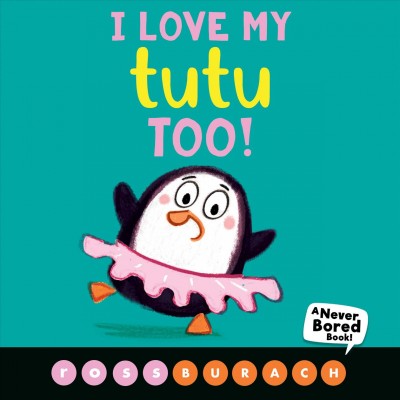
Practice counting to ten in I Love My Tutu Too by Ross Burach, the play on the word two (tutu, too, to) is super fun and all of the different animal friends should be pointed out to your toddler as well!
Unique vocabulary and lots of rhyming will keep your preschooler entertained while they also practice counting up to ten and back down again to one in Chicken Break! A Counting Book by Cate Berry.
This lift the flap book reveals groups of boldly illustrated animals to count with toddlers. Practice counting and fine motor skills all at once in Numbers by Jane Cabrera.
This story is inspired by a well-known nursery rhyme in Latin America where elephants balance on a spider web. Un Elefante: Numbers by Patty Rodriguez will give babies a chance to practice those number words in English and Spanish.
These books are guaranteed to become favorites in any home as you practice these skills with your early learner. For more literacy ideas pick up an Early Learning Activity Calendar at your local branch or attend a storytime. Apply these tips to every story you read. Before you know it, your early learner will be reading to YOU!
All descriptions adapted from the publisher.

